Imagine holding a living creature so tiny it could perch comfortably on the tip of your finger, barely larger than a grain of rice. Now, imagine that inside this minuscule animal, a genetic blueprint unfolds with a complexity that challenges our understanding of evolution. Welcome to the astonishing world of the smallest vertebrate, Paedophryne amauensis—a frog that redefines what it means to be small, yet mighty. As we peer into its remarkable genome, we uncover scientific surprises that shake the very foundations of how life adapts, thrives, and evolves in the most unexpected ways.
A Marvel of Miniaturization: Meet Paedophryne amauensis
Discovered in the lush rainforests of Papua New Guinea in 2009, Paedophryne amauensis stunned biologists with its record-breaking size. Averaging just 7.7 millimeters in length, these frogs are smaller than most houseflies, making them the tiniest known vertebrates on Earth. Unlike most frogs, their entire lifecycle unfolds in miniature—from egg to adult—never surpassing the size of a pencil eraser. Their discovery was so surprising that researchers initially mistook their high-pitched calls for insect sounds. This tiny amphibian demonstrates that nature’s imagination knows no limits, compressing the wonders of vertebrate anatomy into a body not much bigger than a sesame seed.
Where Size Meets Survival: Life in a Miniature World
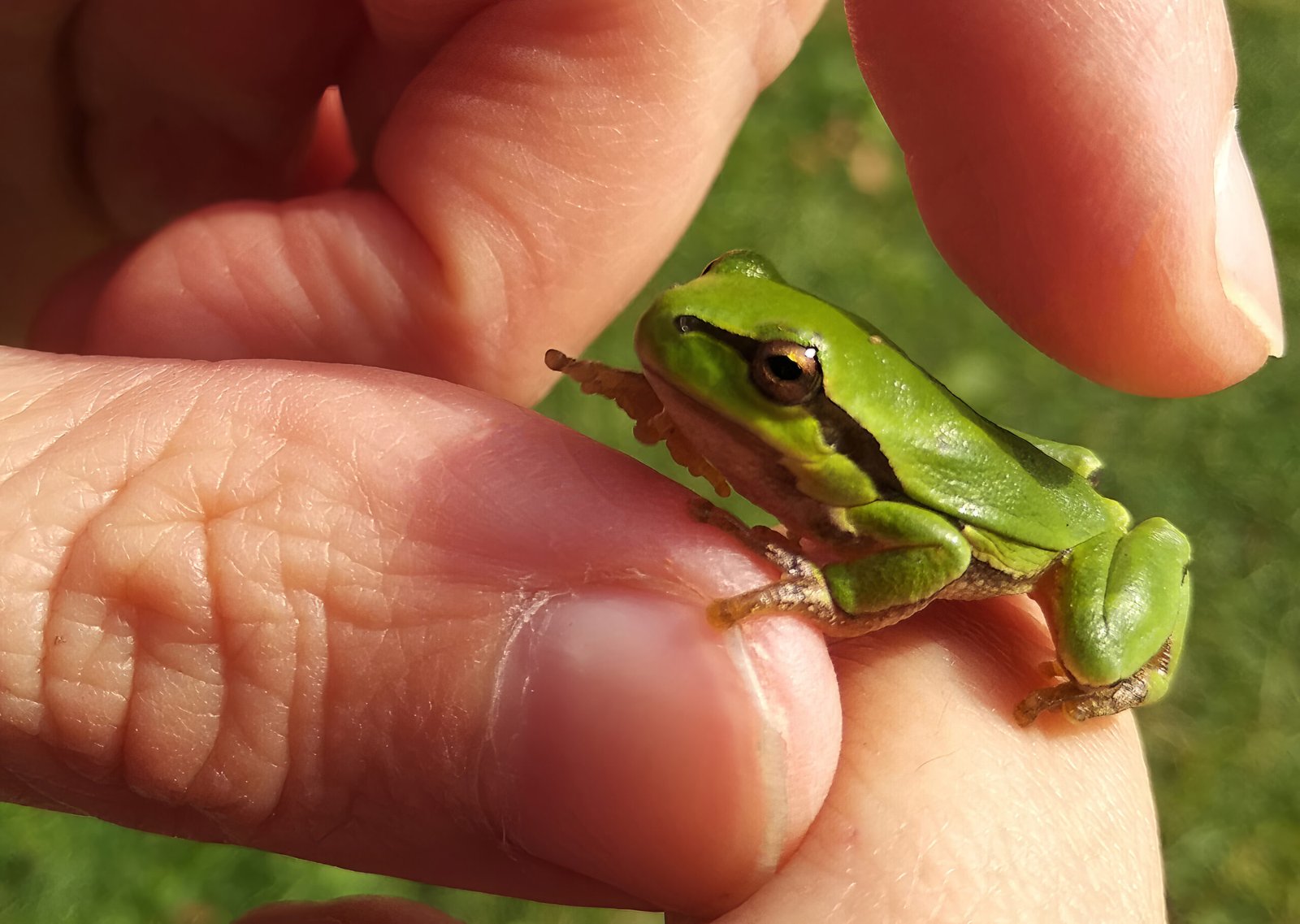
Living at such a small scale presents serious challenges, from finding food to escaping predators. Paedophryne amauensis thrives in the moist leaf litter of its rainforest home, where its diminutive size offers both camouflage and access to tiny prey unavailable to larger competitors. Its lifestyle is a testament to evolutionary ingenuity: the frog’s body is streamlined, its metabolism rapid, and its behaviors finely tuned for survival among the shadows and droplets of the forest floor. This micro-habitat is a world of giants from the frog’s perspective, teeming with mites and springtails that serve as an endless buffet.
The Genome Paradox: Complexity in Small Packages
Perhaps the most shocking revelation comes not from the frog’s size, but from its genome. Scientists expected that such a tiny vertebrate would have a correspondingly simple set of genes. Yet, the reality is just the opposite. The genome of Paedophryne amauensis is astonishingly complex, filled with genetic sequences that regulate development, adaptation, and even immune responses. Far from being stripped down, this genome is packed with instructions for building and maintaining a functioning vertebrate system—just on a miniature scale. This paradox forces scientists to rethink the relationship between body size and genetic complexity, revealing that even the smallest creatures can harbor a wealth of genetic information.
Decoding the Blueprint: What Makes a Tiny Frog Tick?
Unraveling the genetic code of Paedophryne amauensis has become a scientific adventure. Researchers employ advanced sequencing technologies to piece together its DNA, searching for clues that explain its extreme miniaturization. They’ve found genes that influence not only the frog’s minute stature but also its rapid development and resilience in a demanding environment. Some genetic adaptations allow for efficient energy use and resistance to pathogens—traits essential for survival in a world where danger lurks in every raindrop. The frog’s genome is a treasure trove of evolutionary solutions to living small without sacrificing the complexity that defines vertebrate life.
Miniaturization: Evolution’s Bold Experiment
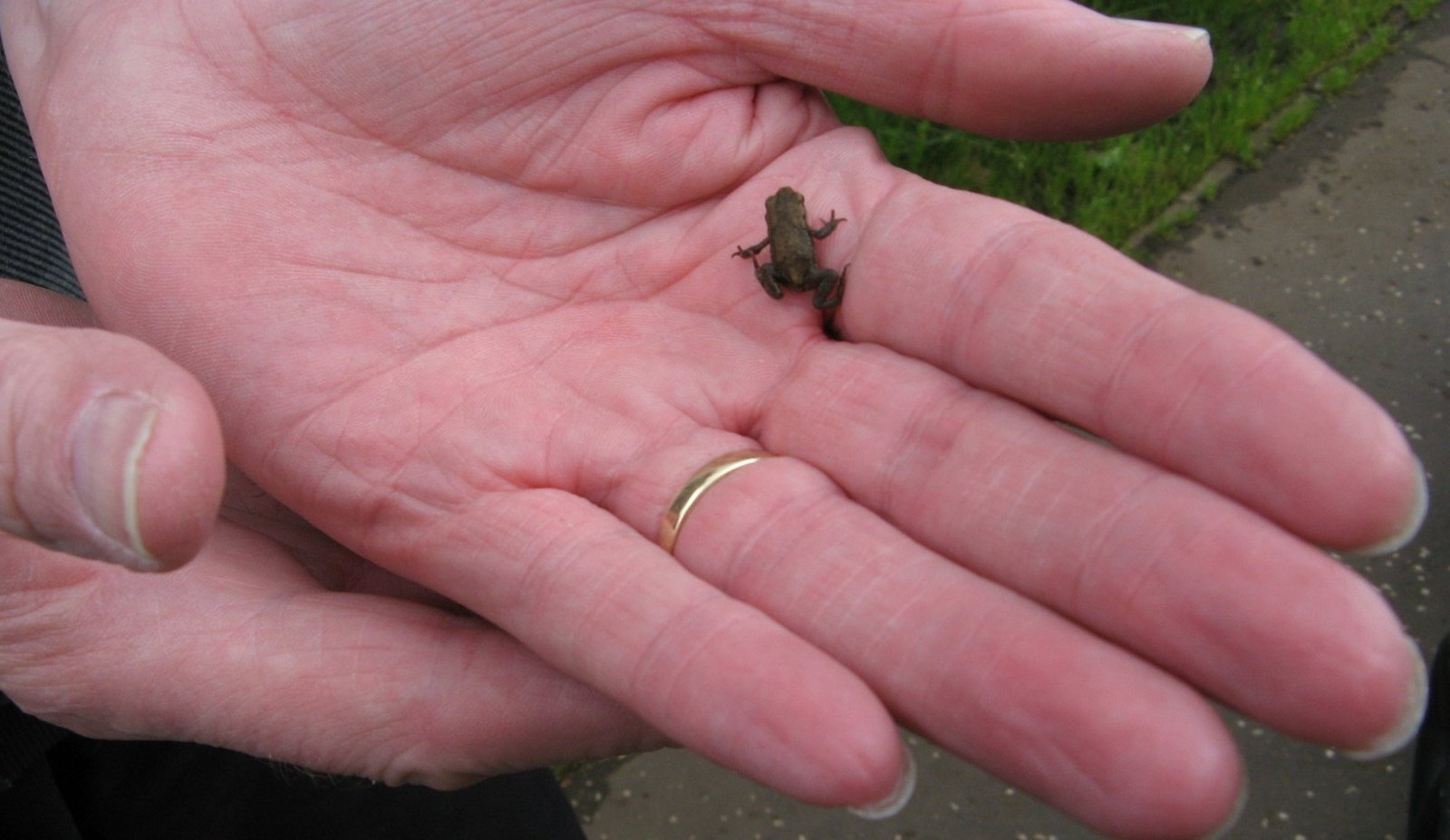
Miniaturization is a recurring theme in evolution, but Paedophryne amauensis pushes this trend to its absolute extreme. Its existence challenges long-held assumptions about the limits of vertebrate form. By squeezing all the essential organs—heart, lungs, brain—into a package barely visible to the naked eye, this frog demonstrates how evolution can reshape bodies in ways that seem almost magical. Scientists believe that miniaturization may open up new ecological niches, allowing species like Paedophryne to exploit resources that larger animals cannot reach. This evolutionary experiment continues to captivate researchers eager to unlock its secrets.
Hidden Diversity: The Secret Lives of Tiny Vertebrates
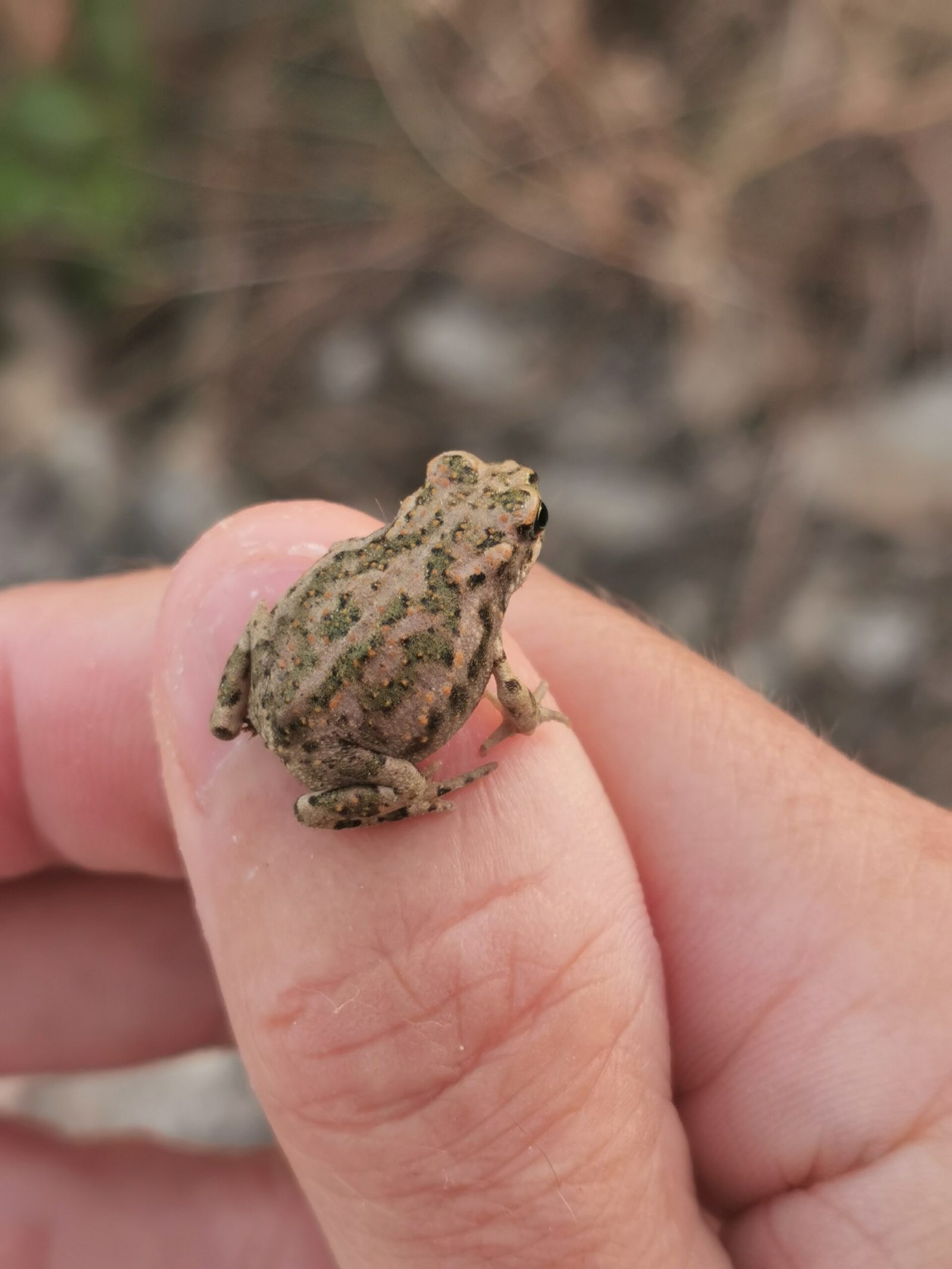
While Paedophryne amauensis holds the title for smallest vertebrate, it is not alone in the world of the tiny. Other miniature frogs, fish, and even chameleons have evolved similar lifestyles in isolated environments. These pint-sized animals often go unnoticed, blending seamlessly into their habitats and evading detection for decades or even centuries. Their hidden diversity points to a vast, unexplored frontier of life, waiting to be discovered by curious scientists. Each new species adds a piece to the puzzle of how miniaturization shapes evolution and biodiversity on a global scale.
Implications for Genetics and Medicine

The study of Paedophryne amauensis’s genome is not only a biological curiosity but also a potential boon for genetics and medicine. By understanding how this frog’s genes orchestrate extreme miniaturization, researchers hope to uncover principles that could one day inform regenerative medicine or tissue engineering. The frog’s compact yet complex genome may hold keys to unlocking new ways to manipulate size, growth, and cellular function in other organisms—including humans. In this way, the smallest vertebrate could inspire some of the biggest breakthroughs in science and health.
Threats and Conservation: Protecting the Tiny Titans
Despite their resilience, miniature species like Paedophryne amauensis face grave threats from habitat loss, climate change, and pollution. Their small size makes them particularly vulnerable to environmental changes—just a slight shift in temperature or moisture can devastate populations. Conservationists are racing to protect the fragile rainforests where these frogs live, recognizing that their survival represents the preservation of an entire world of undiscovered genetic wonders. Protecting the smallest vertebrate is not just about saving one species, but about safeguarding the secrets of evolution itself.
Why Does Size Matter? Challenging Our Perspectives
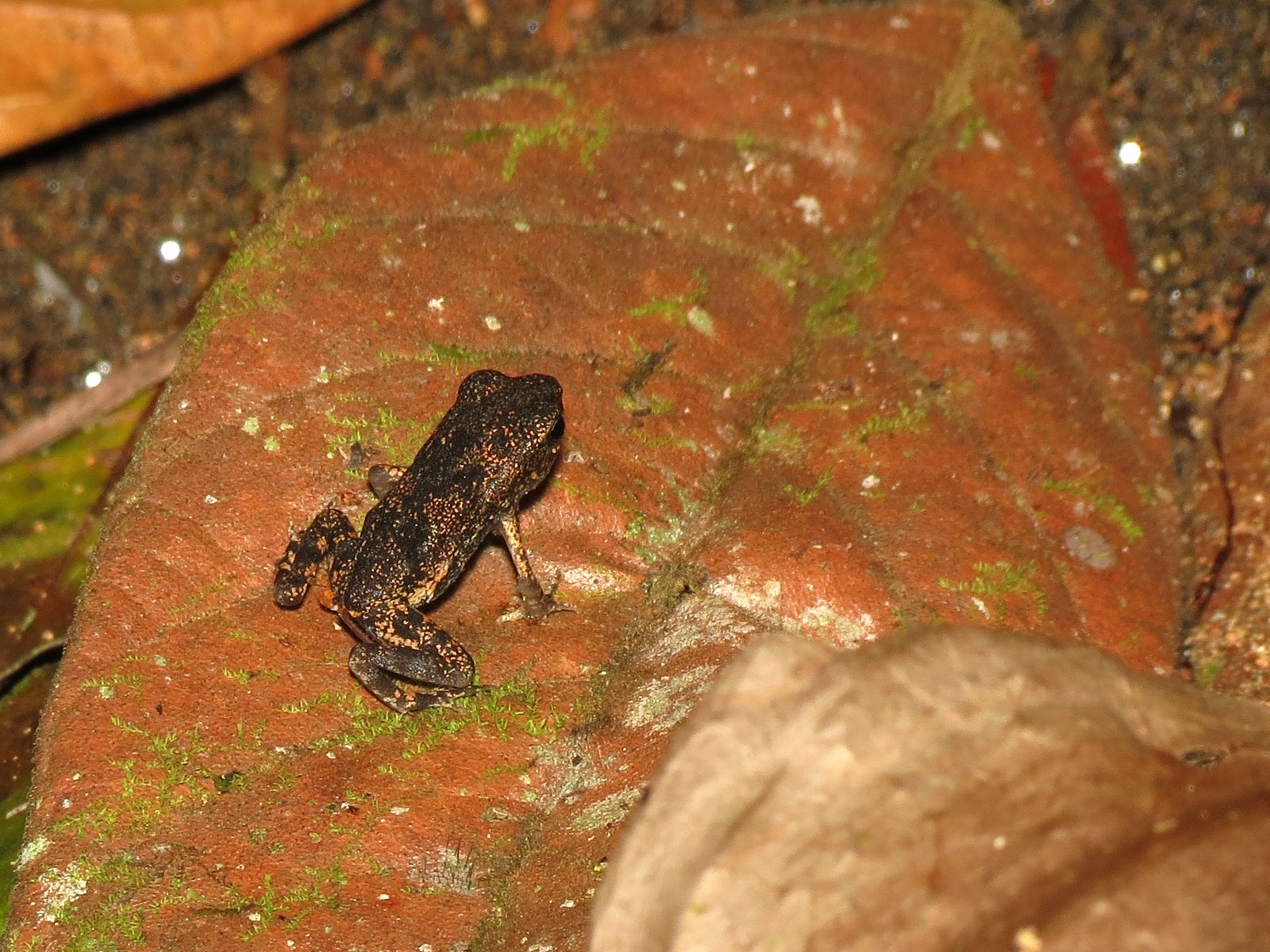
The story of Paedophryne amauensis forces us to reconsider our assumptions about size and significance in nature. It’s easy to overlook creatures that don’t tower, roar, or dominate their ecosystems. Yet, as this tiny frog proves, even the smallest beings can have an outsized impact on our understanding of life. Their genomes are intricate tapestries, woven with the same threads that shape elephants and eagles. By valuing the smallest vertebrate, we celebrate the full spectrum of life’s diversity and ingenuity.
Unlocking the Future: What More Will We Discover?
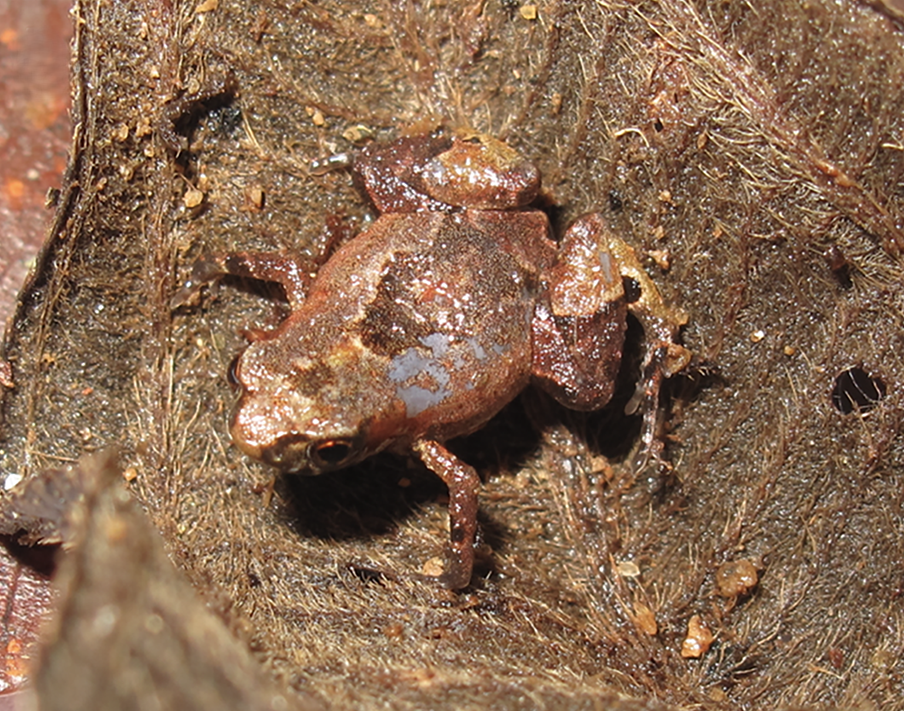
As genetic technology advances, the mysteries hidden within Paedophryne amauensis’s DNA are only beginning to unfold. Future research may reveal new genes, novel adaptations, or even applications that change the way we approach biology and conservation. The smallest vertebrate stands as a symbol of nature’s endless capacity for surprise, reminding us that sometimes, the most profound lessons come in the tiniest packages. What other marvels might be lurking beneath our feet, waiting for us to notice?
The journey into the world of the smallest vertebrate reveals just how much there is left to learn about life on Earth. With each new discovery, we are reminded that size is just one measure of significance—and that even the tiniest creatures can hold the greatest secrets.




